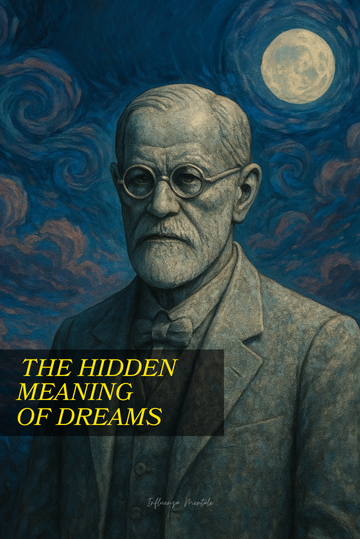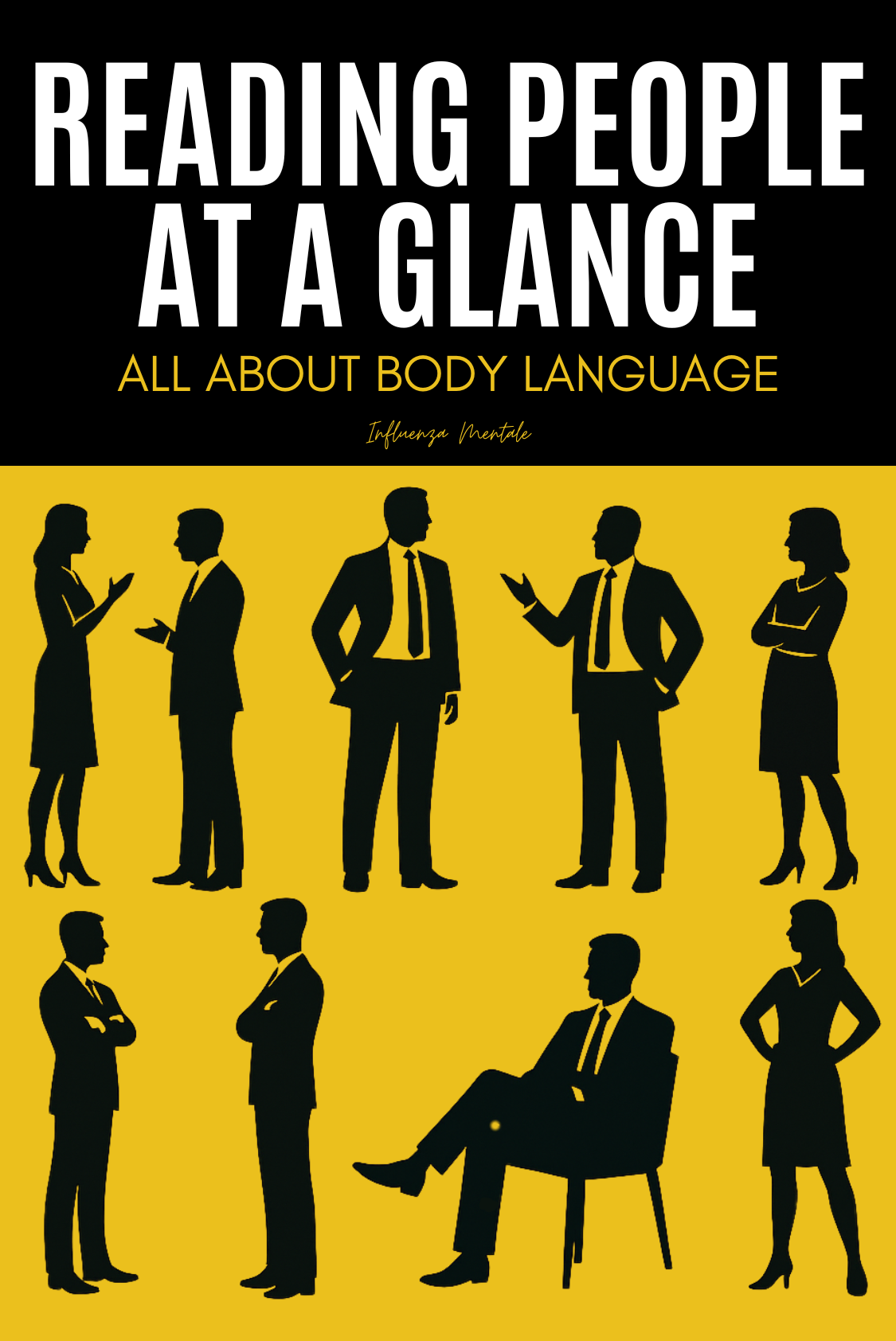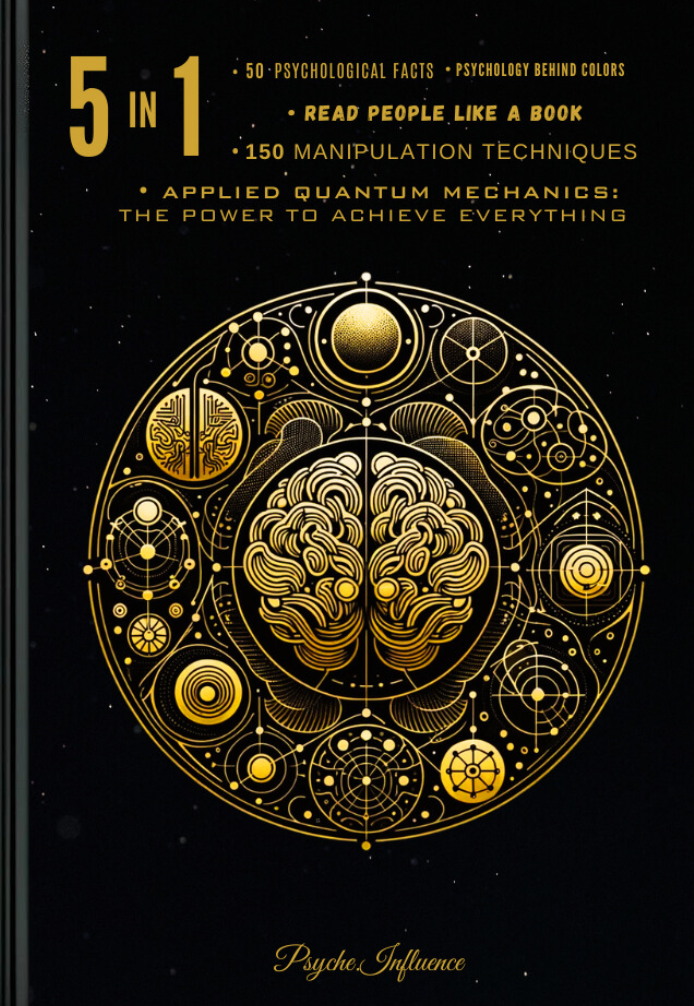7 Psychological Tricks to Get a “Yes”

Have you ever wished someone would accept your proposal without much resistance? Getting a “yes” is not just a matter of luck, but of strategy and understanding the other person. Here are seven psychologically grounded methods to increase your chances of hearing “yes”.
1. Ask targeted questions
The way you frame a question often shapes the answer you receive.
First, avoid questions that are too generic or vague. Instead, make precise requests. For example, rather than asking “Would you like to…?”, try a more direct “Would you like to try this new idea with me tomorrow?”
Targeted questions focus attention on a specific possibility instead of leaving room for doubt or confusion. They also show you already have a plan, conveying confidence.
2. Break the tension with humor
A smile is a powerful ally in communication: it creates rapport and lowers the other person’s defenses.
Before making your request, share a light anecdote or a brief joke suited to the context—without forcing it. If the situation allows, use a recent episode you both experienced, making the moment more personal.
A genuine laugh fosters a positive atmosphere, reduces stress, and predisposes the listener to view you more favorably. With a smile, it’s easier to make your counterpart receptive to the proposal you’re about to present.
3. Highlight Mutual Benefit
Why should the other person say yes? In most requests, the listener unconsciously wonders, “What’s in it for me?”
Emphasize the concrete advantages you’ll both gain.
Showing the reciprocal benefits makes the listener feel like an active partner in a mutually useful project rather than just a performer of your wish. When someone perceives a return for themselves, they’re more inclined to say “yes.”
4. Set Up a Favorable Context
The right atmosphere and timing can make the difference between an enthusiastic “yes” and a flat “no.”
Avoid making important requests when the other person is stressed, in a bad mood, or clearly busy. Wait for a calm moment, perhaps after a relaxing meal or at the end of a less hectic workday.
When we’re relaxed, we’re more open to listening and considering proposals. Crafting a comfortable, tranquil setting (including choosing an appropriate place) helps reduce resistance and opens the conversation on a positive note.
5. Propose, Don’t Impose
A demanding tone can make the other person feel forced, generating resistance or ill will. It’s better to propose, offering freedom of choice.
Use phrases like “Would you be up for…?”, “What do you think about…?” or “I’d love your input on….” Convey the idea that your suggestion is an opportunity, not an obligation.
No one likes feeling coerced. Presenting a request as a suggestion or opportunity elicits a calmer response and raises the odds of getting consent.
6. Build on Early “Small Yeses”
A clever persuasion technique involves securing a series of small “yeses” before making the main request.
Start by asking questions the listener is naturally inclined to answer affirmatively, such as “Are you interested in improving your work results?” or “Would you like to reduce daily stress?” Once you’ve gathered these “yeses,” move on to the bigger proposal.
Each “yes” creates an effect of consistency: after agreeing on several points, people find it psychologically easier to keep saying “yes” to maintain continuity in the conversation and their attitude.
7. Finish with a Clear Call to Action
After setting the right mood, gaining attention, and showing the benefits, don’t forget to make your request concrete and immediate.
Ensure your listener knows exactly what to do to accept the proposal. For example: “If you agree, we can schedule a meeting next Tuesday at 10 to set up the strategy right away.”
If the request remains vague, the person may postpone the decision or rethink it. A clear, well-defined invitation lets them feel guided and give their consent without uncertainty.
Getting a “yes” isn’t mere “technique” or manipulation, it’s an art rooted in empathy, communication, and understanding the other person. Each time you make a request, remember you’re dialoguing with someone who has their own needs, aspirations, and fears. Building trust and sharing is the best way to reach an agreement that benefits both parties.
Try experimenting with even one of these seven tips in your next important conversation—you might discover that a small change in your approach is enough to turn a potential “no” into a confident “yes.”
Good luck!



















